Join the Cathedral Choir on BBC Radio 3 at 3.30pm today when they will be broadcasting Choral Evensong live from Wells Cathedral. There is a fantastic line-up of music, this year on an American theme to celebrate 4 July: Herbert Howells' Dallas Canticles, i thank You God by Eric Whitacre, and the premiere of a new anthem by the choir's friend, American composer Gary Davison. Do tune in!
Erin shows that singing isn't her only musical talent!
It was a fantastic Diocesan Choral Festival at Wells Cathedral this afternoon. Singers from parishes across the Diocese joined with the boys and men of the Cathedral Choir for a moving service on a theme of remembrance. There were some wonderful moments but a particular highlight came during James Whitbourn's poignant anthem 'This is my commandment' when Girl Chorister, Erin (who nobly came in on her day off!) played the Last Post with great poise. Well done, Erin! And congratulations to all involved, particularly those singers who received the Dean's Award for their hard work and commitment.
Distinguished Composer Thea Musgrave, CBE, to Visit Wells for Two World Premieres
The Cathedral Choir is honoured that distinguished composer Thea Musgrave, CBE, will visit Wells this weekend for two world premieres of her music. On Sunday 24 June 2018 the Cathedral will welcome Ms Musgrave to Wells for the first performance of two brand new pieces of music. Musgrave, who in 2018 is celebrating her 90th birthday, is a Scottish-American considered one of the most respected and exciting contemporary composers in the Western world.
Her Missa Brevis, funded by the Cathedral Commissions scheme (cathedralcommissions.co.uk), will be sung at the 9.45am Cathedral Eucharist. At the 3.00pm Evensong service there will be the first performance of the 'Collect for the Birth of John the Baptist' – part of the Cranmer Anthem Book (a project curated by Matthew Owens, which will see all the Collects from the Book of Common Prayer set to music over the next ten years).
Thea Musgrave CBE was earlier this month awarded The Queen's Medal for Music. The award was presented to Ms Musgrave by The Queen in an audience at Buckingham Palace on Thursday, 7 June 2018 (pictured above; Judith Weir, Master of the Queen's Music is in the background). She became the thirteenth recipient of the award, following Nicola Benedetti, who received the medal last year. Established in 2005 by Sir Peter Maxwell Davies, the award is presented annually to an outstanding individual or group of musicians who have had a major influence on the musical life of the nation.
Commenting on the award, Judith Weir said: 'Scottish-born composer Thea Musgrave has been a musical pioneer for many decades. With innovative use of space, sound and colour, her work has made rich contributions to numerous genres, including opera and orchestral music. Now aged 90 and resident in New York, she is still energetically at work, a warm-spirited, optimistic inspiration to her many listeners, performers and colleagues around the world.'
On receiving the award, Ms Musgrave said: 'Although much of my career has been on an international stage, this medal represents my British heritage. It also recognises the impact my Scottish roots have had on my music - which continue to inform and nourish my work and anchor my role in the world.'
'A crack team': the Choir's latest Gramophone review
We're thrilled that the choir's second recording of the choral music of Gary Davison, 'Awake My Soul' has received a very favourable review in the latest edition of Gramophone, in which the choir are described as 'a crack team' . We couldn't agree more.
This is the second disc of choral music by American composer Gary Davison that Matthew Owens and his excellent Wells Cathedral Choir have released. The first, ‘The Armour of Light’ (Regent, 2016), was also the first commercial recording devoted solely to Davison’s work and included a number of pieces written especially for the ensemble. The second, ‘Awake My Soul’, continues that relationship, with Davison’s Requiem Mass, commissioned by the choir in 2015, as its centrepiece.
That Davison is a practising church musician himself (organist and choirmaster since 1995 at St Francis Episcopal Church, Potomac, Maryland) is evident in the skill with which he writes for his forces, achieving maximum dramatic, textual and sonic impact with music whose relatively simple demands put it well within the reach of most church choirs. Wells, however, are a crack team, and the Requiem (scored for choir, organ, mezzo and viola) gives them some welcome additional scope.
The booklet note makes much of Davison’s debt to Duruflé and Fauré but it’s the influence of Stanford, Bainton and Bairstow we hear first in the title-track – a solid piece of declamatory diatonicism. The rest of the disc settles into an attractive if rather generic liturgical style with one foot in the past (a fauxbourdon set of canticles, plenty of chant-like melodies and modal harmonies).
The Requiem’s additional forces give us some sumptuous viola-playing from Philip Dukes and some vibrant colours from the Wells Cathedral organ, played here by David Bednall. There are echoes of Frank Martin in the fretful incantation of the Kyrie and of Howells in the soaring writing for viola that weaves itself around the voices in the Gradual and Offertory. Both Wells’ boy and girl choristers are credited here and bring an easy brightness to the sound...
The full review can be read on Gramophone's website HERE.
The CD can be purchased from the Resonus Classics website HERE.
EVERYTHING you ever (never?) wanted to know about the choir vestments!
'They look so angelic!', is an oft-heard exclamation uttered by many at the appearance of choristers the country over. Those of us who know them a little better of course know that this is often but a well-practised façade! But one of the most important contributing factors to such a seraphic or cherubic appearance are the choristers' vestments. Maintaining these is no mean feat as choristers often seem to grow at an incredible rate and can be notoriously untidy! Here at Wells we are extremely fortunate to have Mrs Jenny Henderson (pictured above) as the choir's dedicated Mistress of the Robes. As at most cathedrals, this is an unsung task that takes place behind-the-scenes and so many have little idea of quite what an undertaking it is! Until now! Having recently overseen the ordering and fitting of an entire new set of vestments for the choir, Jenny here tells us 'EVERYTHING you ever (never?) wanted to know about the choir vestments!'.
New cassocks 2017/18
Thanks to the generosity of The Friends of Wells Cathedral, the choir has just had a complete new set of cassocks, 75 choristers’ cassocks, and 38 men’s. They have been made by J&M Sewing Service Ltd., of Newcastle (www.jandmsewing.com), established in 1980, who were awarded the Royal Warrant in 2007 - "By Appointment to HM The Queen, Manufacturers of Clerical Robes".
New cassocks for the whole choir were needed because the choir was wearing a motley collection of five different sorts of cassocks, of slightly different shades of blue and different cuts, supplied by different makers over 30 years or more. The bulk of the cassocks were heavily worn, much mended, showed clearly the signs of the hems having been altered again and again, were stained and grimy beyond the reach of laundering or dry-cleaning, and the linings were disintegrating.
The choristers looking resplendent in their new cassocks
The background story
A set of 19 boys’ and 15 men’s cassocks had been made (by Val Pitt who looked after Bristol Cathedral choir robes for many years) for the boys and men for their first USA tour in the early 1990s (when Malcolm Archer was choirmaster; he had come from Bristol, hence the connection with Val Pitt). Another 18 to match had been made when the girls’ choir was first formed in 1997, more again (6 or so) when, as an experiment, girls were invited to stay on through their GCSE years (i.e. until they were 16) if they wished to, rather than leave at the end of year 9 (aged 14, by which time of course boys’ voices have almost always broken). There was also a steady trickle of extra sizes ordered from time to time as need arose.
But there were still never enough, so I spent hours altering hems, moving belt buttons and neck poppers, swapping belts. Eventually that fabric was discontinued and the maker retired, so an older, incomplete set (made by a former chorister mum, we don’t know quite when but pre-Malcolm Archer, as the choristers at that time were wearing shockingly old and tatty cassocks) was brought back into play in 1999, and the remaining fabric from that project made into more cassocks for the girls in 2001 so that at least most of them were wearing garments the same shade of blue. Meanwhile a few more cassocks for tiny boys were ordered to meet need, from yet another maker, so by 2010 we had five different makes in three different fabrics, and many of them were grubby and tatty from 25+ years of hard wear. Something had to be done.
What has this complete refit entailed?
First there had to be a great deal of “number-crunching” much of it done by my dear friend Rachel Hewson, briefly a chorister parent, who has a PhD in interrogation of information and re-presenting it in a different format that is easier to understand. Handy that! This entailed a number of terrifying schedules! She worked through my 18 years’ of records that had of course not been kept for this purpose: but they showed who had worn which cassock for how long and what alterations or refits I had done to them all as the terms ticked by. She ingeniously re-arranged the information to give us a huge list of the notional sizes that had been created by alteration to meet need, how often and how many of the same size had been needed at any one time. This was the critical bit.
We then had to cut this down to fit within the sum of money offered, making sure that we still had on the list at least one cassock of each size (or close to it) that had been needed over time: choristers under 42” length are rare, as are those of over 56” length and either very slim (32” chest) or very buxom/stout (40” chest), but they do occur from time to time and they have to have a cassock to wear that is both comfortable and looks smart. Also, they almost all pass through a wide range of middle sizes on their way to adult sizes.
What has this cost?
The smaller children’s sizes of cassocks have cost about £155 each including the belt, and £16 per ruff. The surplices have not been replaced, but if you add on the cost of those, the cost of the whole outfit comes to about £225 per chorister, more for the bigger sizes (they incur VAT) and more again for the men’s: a man’s cassock costs typically about £185, their surplices £65
The fabric of the new cassocks is superior to what we had before: that was 100% polyester, which is a dream to wash but is sweaty to wear, it melts if you stand too close to a heater, and it will never bio-degrade when we have finished with it. So with encouragement from the Precentor, I ordered the new cassocks in the same fabric that the clergy cassocks are made from: 45% wool, only 55% polyester. It also can be machine washed and drips dry without needing to be pressed. Wonderful! (so long as no-one irons one, or washes it too hot, or tumble dries it…)
Ruffs and cravats
The choristers have also had new ruffs this year, courtesy of The Friends. They cost £16 each, they come in 6 sizes, fasten with Velcro, and do not require starching or ironing…phew!
I have tried making ruffs to save money, but found it impossible to get all those pleats even and straight; the professionals must have a machine that does it for them. I have made the men’s cravats out of old sheets for years, but Chris Wilson, wife of one of the Vicars Choral has come up with a much neater design that fastens with Velcro – but she too uses old bed sheets. Why not? It’s soft, poly-cotton, costs nothing, washes easily and drips dry.
Surplices
Surplices are the voluminous white garments worn over the cassocks. New ones were not needed, a big order having gone in a few years ago to replace surplices of indeterminate age – again a tatty collection of different sorts, and none of them white anymore.
Choristers usually serve a probationary year before they are given their surplices. There is a moving little ceremony during the first evensong in September, when they are presented to The Dean who asks them if they desire to be admitted to the choir of this cathedral church, and asks them to promise to be obedient and fulfil their duties well. The Head Choristers then drop the surplices (fitted and name-taped in advance) onto each child, and the smallest get a bit lost in the folds sometimes!
Candle wax
Candles are used a lot in services and concerts at certain times of the year, and if you think how difficult it must be for children to process with candle in one hand, music in the other, concentrating on demanding music sung to perfection, it’s hardly surprising there are some spills and accidents.
Most of the wax spilt on vestments comes off with a warm iron and absorbent paper, but occasional dry cleaning is necessary to remove the residue.
What’s happening to the old cassocks?
We are delighted that St John’s Church, Glastonbury want most of them, as they have a growing choir, and are in effect a “feeder choir” for the Cathedral, as there have been several choristers from there over the years, including some now.
Why are the different choir vestments so-called?
Cassocks: the name derives from the Middle French casaque, meaning a long coat, and ultimately may come from much further back, possibly from the same root as the word Cossack. The name was originally specially applied to the dress worn by soldiers and horsemen, and later to the long garment worn in civil life by both men and women. See Wikipedia.
Surplices: the name is derived from the French “sur pelice” and that from Late Latin superpelliceum, from super, meaning "over" and pellicia, meaning "fur garment", so it seems to have meant a garment worn over your fur outer garments, presumably put on for the carrying out of particular duties or ceremonies.
Wikipedia has a lot more on the history and usage, the many styles and customs attached to both garments.
Cloaks
The choristers also all have cloaks, thanks to the generosity of The Friends and many others. Forty-eight were bought in 2014. They cost about £60 each and were considered essential to protect the choristers from the elements as they walk up and down between school and cathedral so often, in all weathers. They also of course ensure the choristers look smart, literally uniform, as the school uniform varies considerably as they move up the school, and from day to day (some may be in sports clothes or mufti for example). A former head girl chorister once calculated the distance a chorister walked in an average week for a maths project. I don’t suppose the figure is much different now.
The cloaks have lots of maintenance issues as they get a lot of hard wear – chains snapping, buttons coming off, linings get caught on things and rip, but most of all as they are 100% wool they are a nightmare to protect from clothes moths. Giving them adequate protection during the summer months when they are in storage is challenging and the occasional moth is spotted however many deterrents and killers I distribute in the cupboard!
Reflections on the job of Mistress of the Robes
I’ve often wondered how many hours of my life I have spent kneeling on the floor in front of choristers, pinning their hems and adjusting their belts. A lot, but what a befitting position, given how special, gifted and committed our choristers are! I believe it was a calling to take on this job.
How many miles of cassock hems have I stitched in 18 years? Well, even the smallest child’s cassock hem is 4 feet all the way round; the tallest broadest men’s cassocks are 10 feet plus round…so I could do the sums.
How many loads of cassocks have been churned through my washing machine? How many trips out to the washing line in my orchard have I made? Don’t know, incalculable. What I can tell you is that it’s a good job I’ve got an Aga for them to dry in front of, on hooks in the beam above; AND that there are three stonking great iron hooks embedded in a very old beam in our sitting room (presumably from years ago when this was a farmhouse and they had carcasses, or sacks of something heavy, to hang up) which are big enough and strong enough to hold 20 or so cassocks each. It’s going to be an odd job description for my replacement when I retire: “must have long strong washing line, medieval meat hooks and Aga…!!!
Development of the role of Mistress of the Robes
I started on this job because I had my arm twisted to join a newly formed team of chorister mums and grannies, when my younger daughter followed her elder sister into the choir, in September 1999. Rosy had joined in September 1997 aged 10 (year 6), in the third intake of girls, stayed on another 4 years and was in the first batch who stayed on through years 10 and 11 (till July 2003). She was very proud of the fact that she missed not a single rehearsal or service, neither did she drop a GCSE subject, but it took a heavy toll.
Frances joined in school year 5, aged only just 8, when Malcolm Archer was still here. She was Head Chorister in Matthew Owens’ first year and like Rosy also stayed on through GCSEs. That meant that by the time she left the choir aged 16, she had been a chorister for literally half her life. That’s quite formative!
However, the other members of the vestments team (mums and grannies of existing choristers), gradually fell by the wayside as voices broke, their children left the choir, or they took on more demanding jobs, so for a long time no-one else was available really to help while I gradually developed my role, realising there was more and more I could do to help choir members. I learned (from Val Pitt) how to make them look smarter as their public profile consistently rose and also found ways of making the whole system more streamlined and efficient.
Men’s vestments
After a while I took on the care of the men’s vestments, seeing to their laundry and mending, and organising fitting sessions not only for the new members every year, but also for the large team of deputies who come in from time to time to cover for a regular who is ill, or away working or whatever. As with the choristers, this has entailed having to have in stock a wide range of shapes and sizes.
This has led to developing a supposedly self-explanatory but none the less quite complicated system of labelling in quadruplicate (on the garment, on the hanger, on the list and on the cupboard door), so that any dep who turns up can quickly find a cassock that fits and looks right. As long as they put everything back on the right (labelled) hanger and in the right (labelled) cupboard, according to the list, whoever comes in the following day will be alright. Most of them do, a few don’t and muck it up for everyone else, and then complain to me that they can’t find anything that fits them!!
One of the Choral Scholars is now appointed to see to it that everything is put back in the right place every day, after every service. Several of the men, both regulars and deputies, have said they have never had this sort of service before, never come across a similar system anywhere else, and they really appreciate being properly fitted instead of it being a free for all. It also means they are uniformly smart.
The big annual refit
The choristers are all re-fitted at the beginning of each academic year, as that is when the majority of new choristers join, and of course all the returning choristers will have grown over the summer holidays. Most of the fittings take place on the infamous Cassock Fitting Day held in the Education Room of the Friends’ Building, on the first Saturday in September, the only exceptions being the children in year 8 and 9 who have lessons on Saturday mornings, so they have to be squeezed into the demanding schedule of the previous days, without missing too much rehearsal time. Help from others is absolutely essential on this day – there’s no way I can get it all done myself in time as they all have to be robed and perfect by 3 o’clock on the Saturday afternoon, which is when they start rehearsing for the first evensong of the choir year. It’s a very tight schedule requiring much caffeine and many biscuits!
It is jolly hard work, and very stressful but can be quite fun as it’s a good chance for parents (or grannies/aunts/big sisters/dads – yes, several sewing dads, some more competent than others, (naming no names!!!)) to chat and get to know new (often bewildered, shell-shocked!) ones, answering their myriad questions, while they stitch on their children’s nametapes, move their buttons etc. But everybody absolutely dreaded having to do a hem. There used to be whoops of joy, literally, from any parent/other stitcher who’d “got away with it”.
So with the wonderful, copious collection of new vestments, we hope hems to raise or lower will be a thing of the past!
Jenny Henderson
Mistress of the Robes
Former Organ Scholar brings vocal stars to Wells
Our former Senior Organ Scholar, Owain Park returns to Wells this Saturday with his critically-acclaimed vocal consort, The Gesualdo Six. The group is comprised of some of the UK’s finest young consort singers, directed by Owain. Formed in March 2014 for a performance of Gesualdo’s Tenebrae Responsories for Maundy Thursday in the chapel of Trinity College, Cambridge, the group went on to give over sixty performances around the United Kingdom and abroad in its first three years. Over this time, The Gesualdo Six further developed a passion for ensemble singing that for many of them stemmed from formative years as choristers in churches and cathedrals around the country.
The ensemble has recently released their debut recording on Hyperion Records, an album of English renaissance polyphony titled English Motets. The album has been met with critical acclaim and garnered itself a number of 5-star reviews.
Owain writes:
We are delighted to be returning to Wells to give a concert at St Cuthbert’s Church on Saturday 2 June at 7.30pm.
Our programme will present meditative and atmospheric music from our debut album, English Motets, and from composers including Arvo Pärt, William Byrd, Thomas Tallis and Sarah Rimkus, accompanied by ancient chant.
Tickets are just £12 (or £5 for students); our website has further information and ticketing resources: http://www.thegesualdosix.co.uk/concerts/
I hope you might be able to join us for our second visit to Wells!
Owain Park
Director, The Gesualdo Six
CLICK HERE to watch a recent video, viewed over 1.4 million times and shared by the German Embassy!
Wells' very own voice-over star!
Being the young talented singers that they are, our choristers are occasionally asked to employ their vocals skills outside of the Quire of Wells Cathedral.
And thus, Robinson's, the juice manufacturers, when searching for the perfect young voice to round off their latest 'Fruit Shoot' advertisement, found that there were few better places to look than Wells Cathedral Choir! Year 6 chorister, William, was duly appointed to the task and put his excellent diction and enthusiasm for all things vocal (and fruity!) to good use.
A keen chorister, William loves his football and hockey almost as much as his singing and, not being one to keep his feet too firmly on the ground, hopes to be a pilot some day. However, until that day comes when you may hear his voice instructing you to 'relax and enjoy the flight' as you head out of Heathrow, you can for now listen out for his excited tones at the end of the Robinson's Fruit Shoot advert now showing on a TV near you!
Song Squad sing at Evensong
The Cathedral Choir was joined for Evensong last night by the Cathedral's Youth Choir - the Wells Cathedral Song Squad! The children joined the choir with great gusto for the singing of the anthem, John Barnard's arrangement of 'If God is Building'. Well done to them all! And we look forward to their next performance. If your child is interested in joining the Song Squad, then CLICK HERE to visit the cathedral website for more information.
Farewell to Taylor & Congratulations to Xavier!
Outgoing Head Chorister Taylor (left) hands on the baton to his successor, Xavier
Last Sunday, we said a fond thank you and farewell to the Cathedral Choir’s Head Boy Chorister, Taylor, who is having to hang up his 'treble boots'. During Evensong, Matthew Owens, Organist and Master of the Choristers, and Canon Precentor Nicholas Jepson-Biddle, paid tribute to Taylor who has worked extremely hard and has been a great chorister and Head Chorister - a terrific role model for the younger boys in the choir. Following the service, Taylor was joined by boy choristers past and present for a party in the sunshine outside the cathedral. He will be much missed but we all wish Taylor well and look forward to him returning for the final Evensong of the choir’s academic year.
Equally, we are delighted to announce that this morning during the Cathedral Eucharist, Xavier was inducted as our new Head Boy Chorister. Xavier has been an excellent Deputy Head Chorister since September 2017, and we know that he will carry out his enhanced duties with aplomb. Congratulations to Xavier!
Following Taylor's final service last week, he and some of the boy choristers past and present celebrated outside the West Front [Photo courtesy of Jacinth Latta]
A well-deserved rest!
The choristers are all now enjoying their extremely well-deserved Easter break. The three services on Easter Sunday itself were wonderful and they sang fantastically well, particularly considering what a busy week it had been: not only with the usual Holy Week services but also the premieres of two substantial new works - well over 2 hours of new music! Yet they still had enough energy to make Howells' Dallas Canticles at the final evensong sound particularly exciting!
But for them, the high point of excitement for the day may have been the annual post-evensong Easter Egg Hunt where they had fun finding their chocolate reward to take home and enjoy!
We offer our huge congratulations and thanks to them all. And we sincerely hope they have a wonderful holiday!
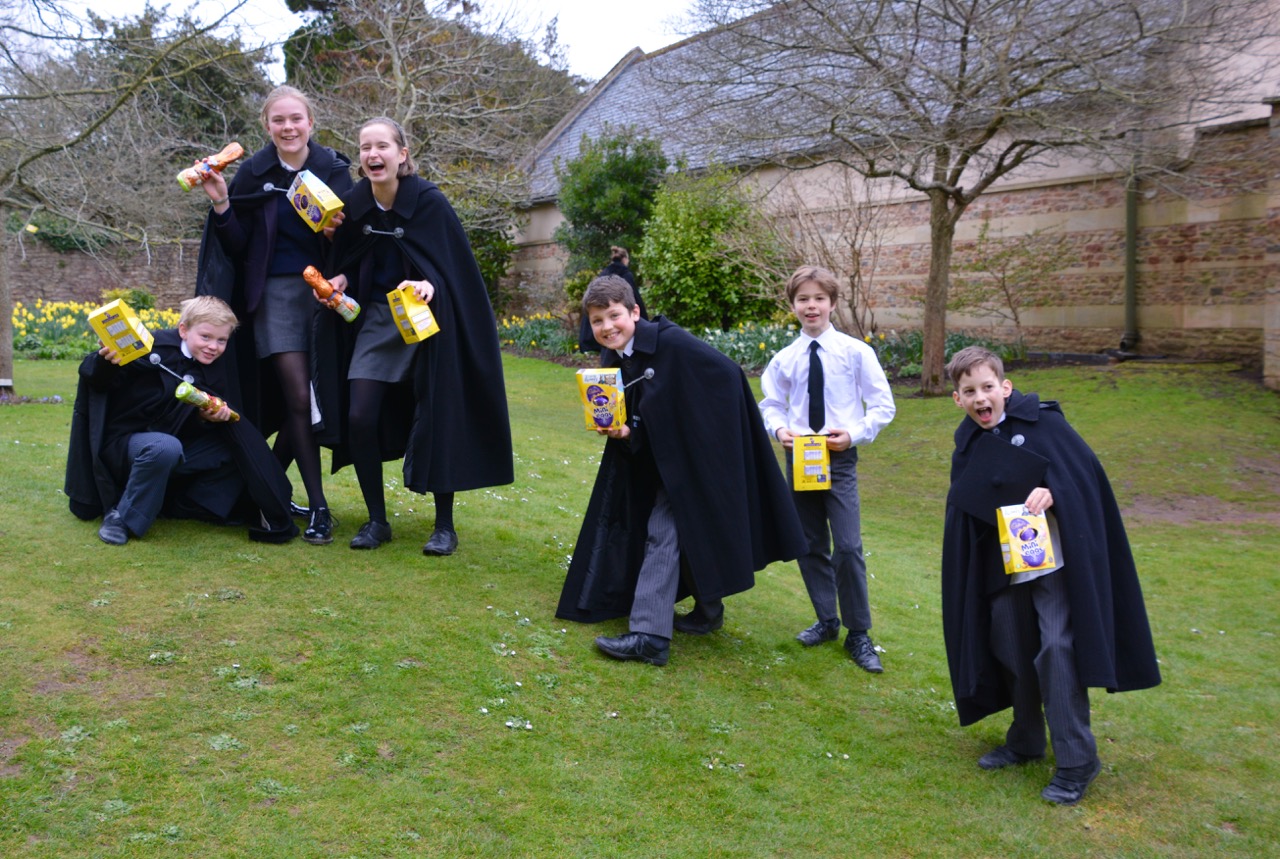
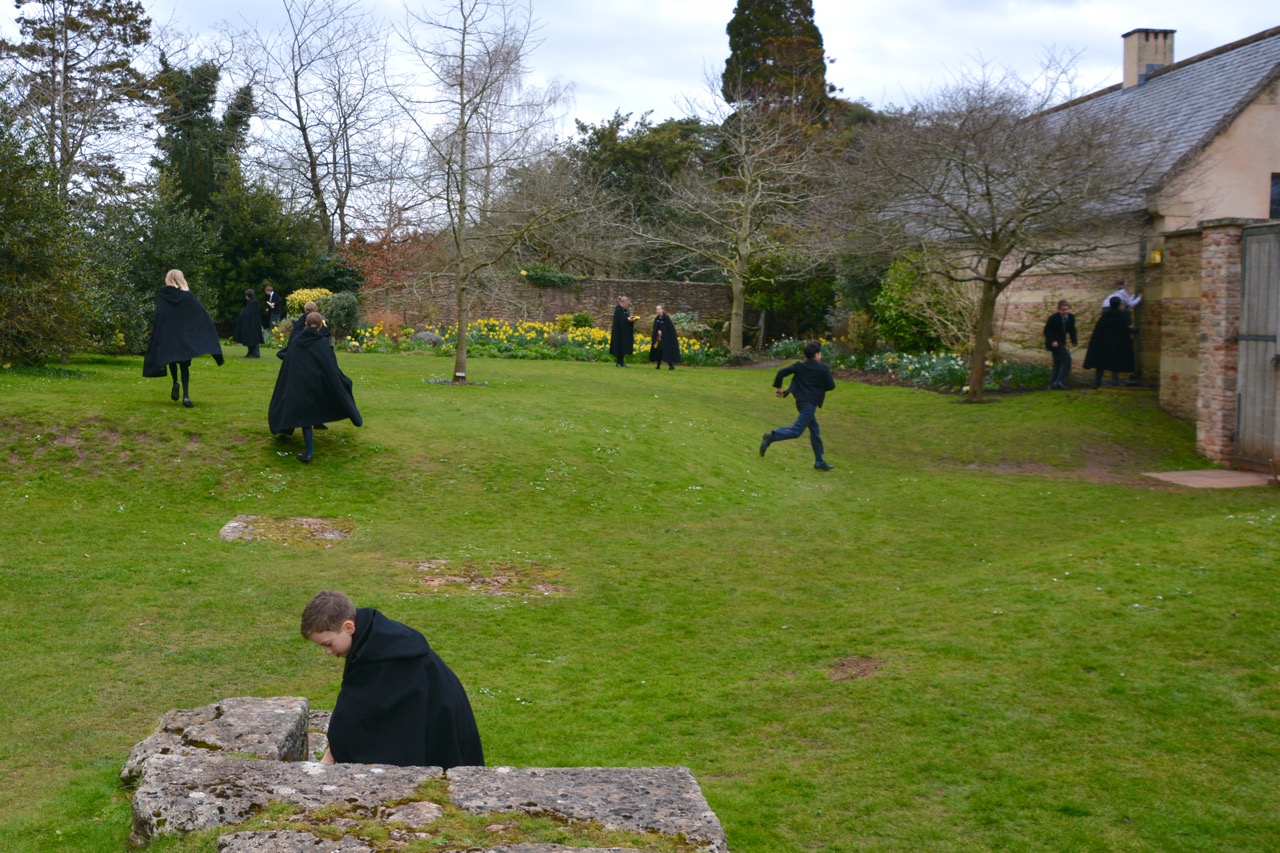
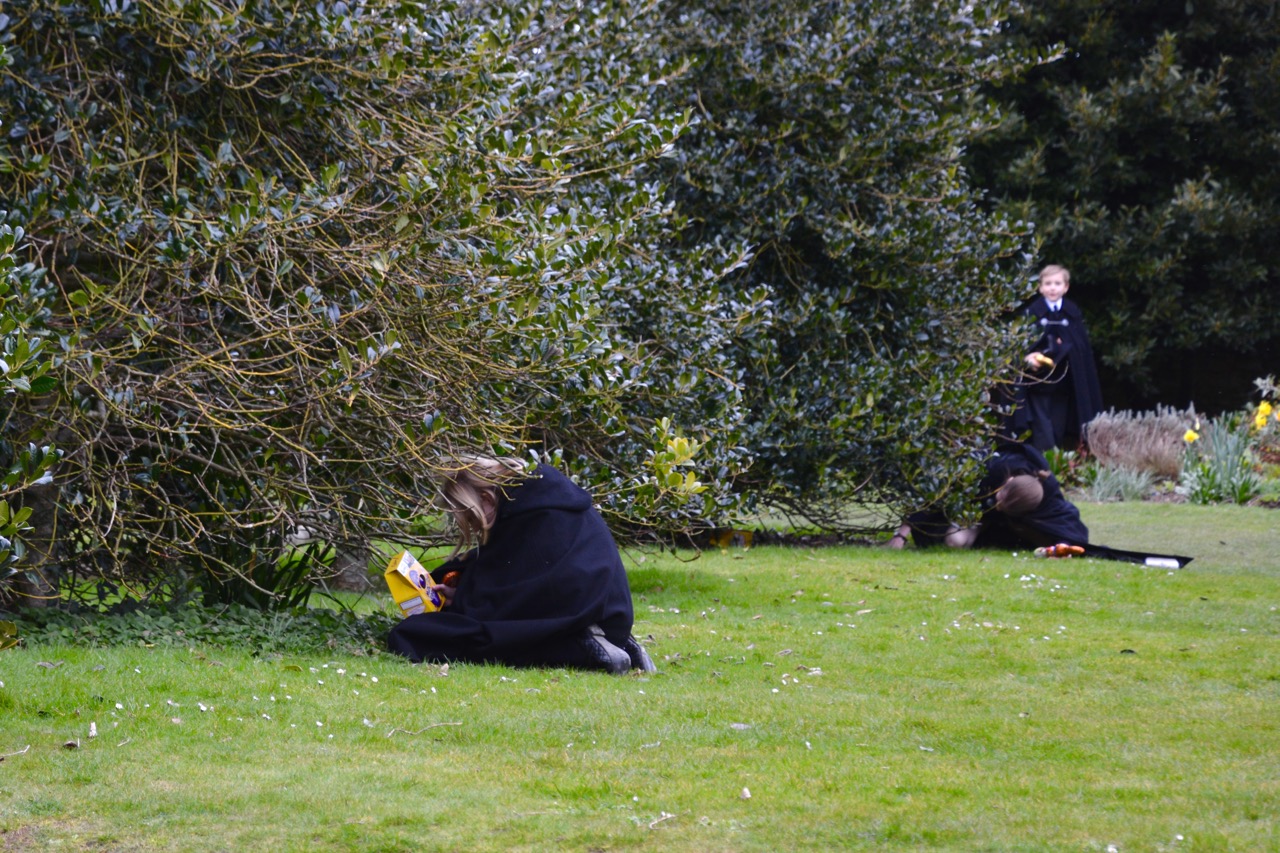
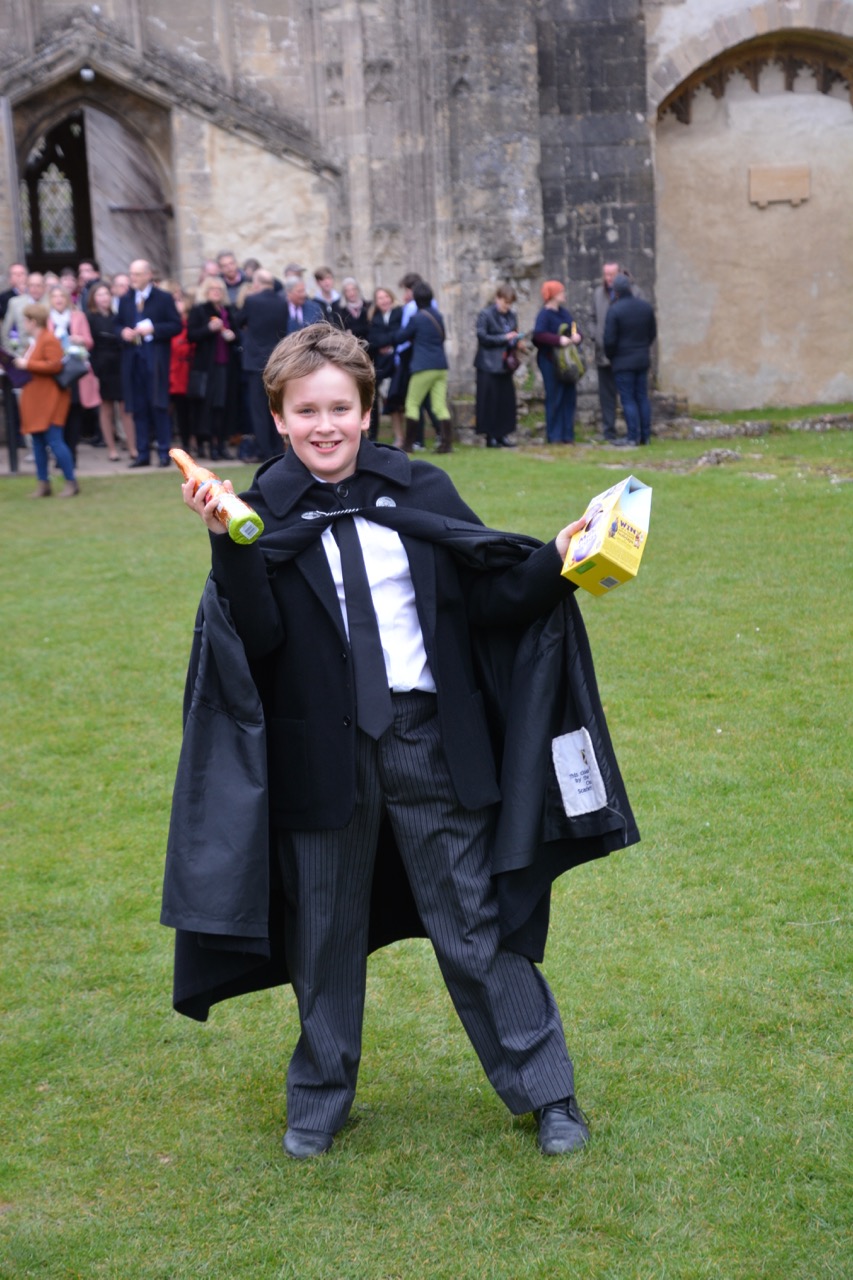

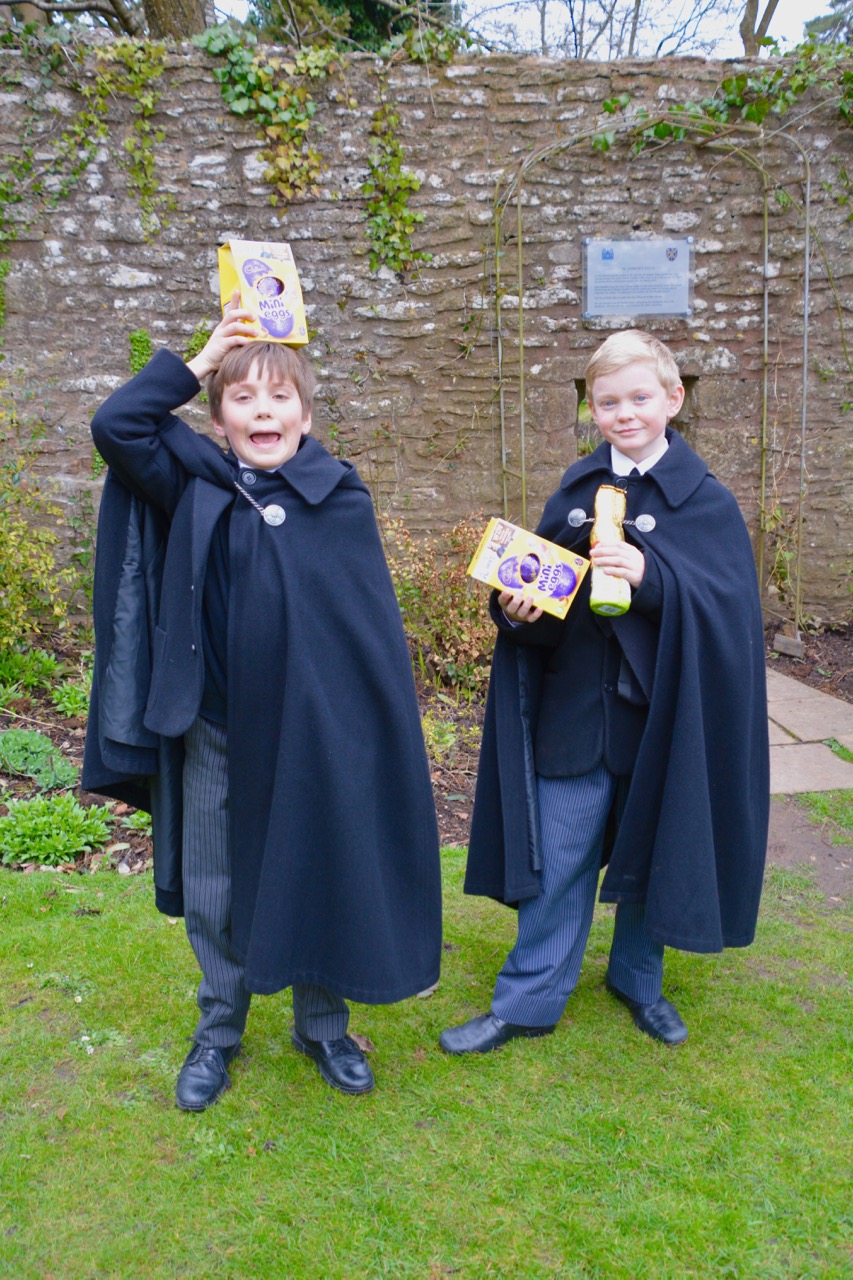
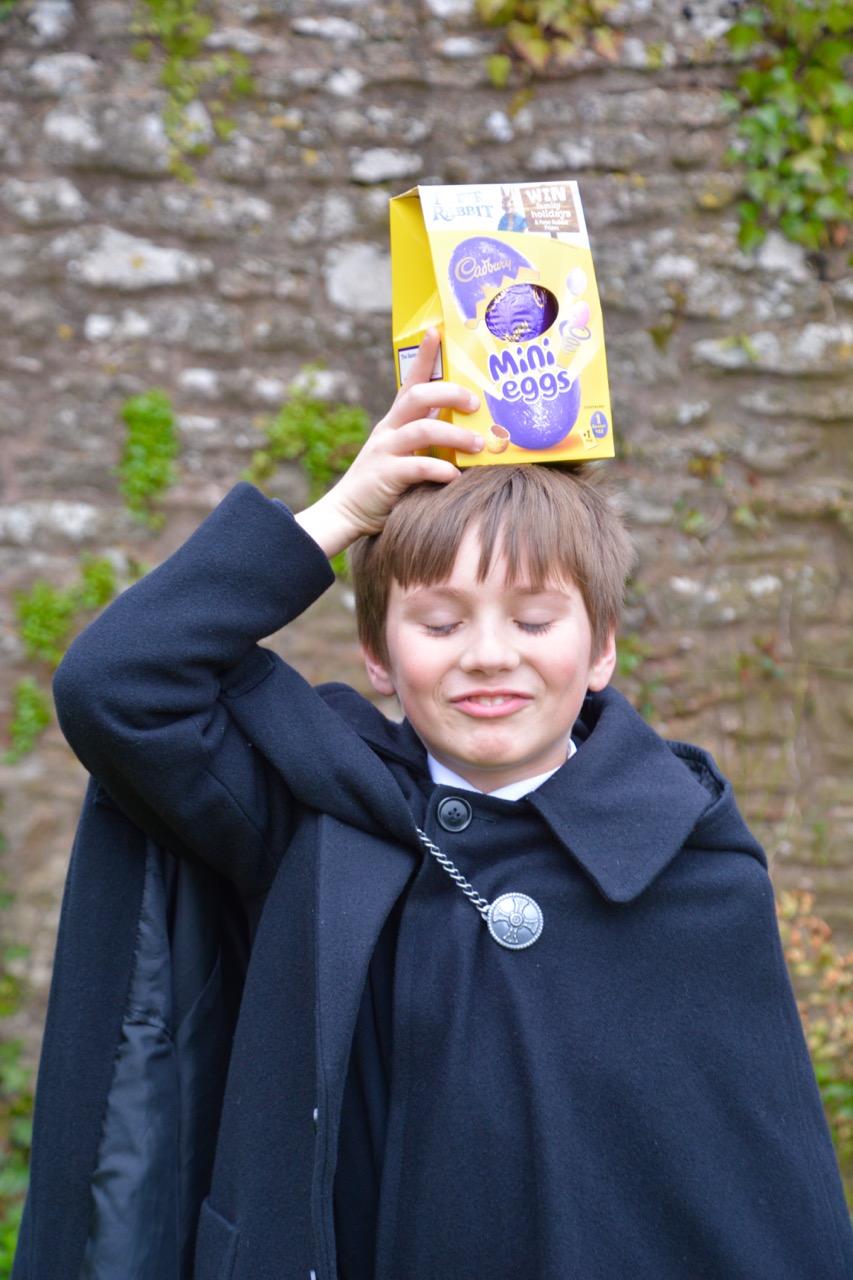
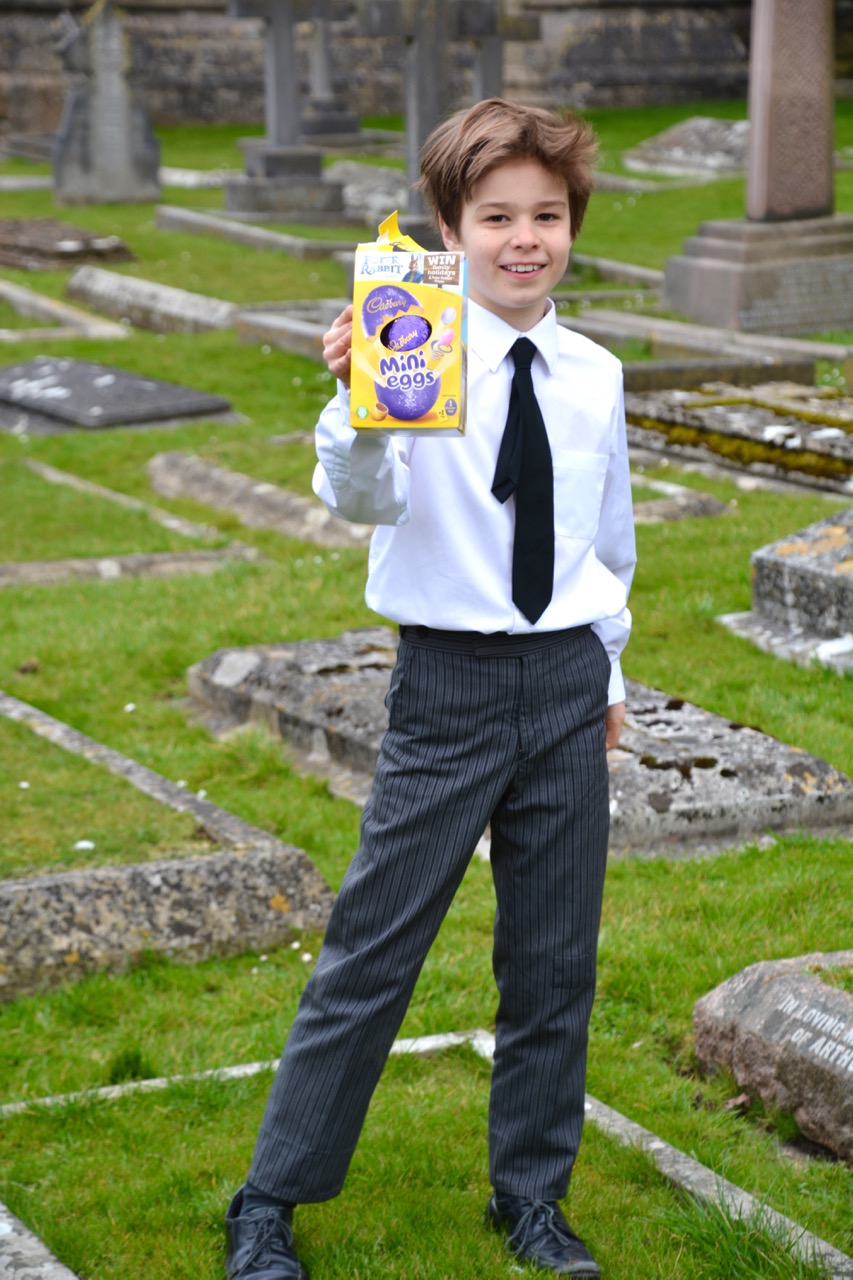
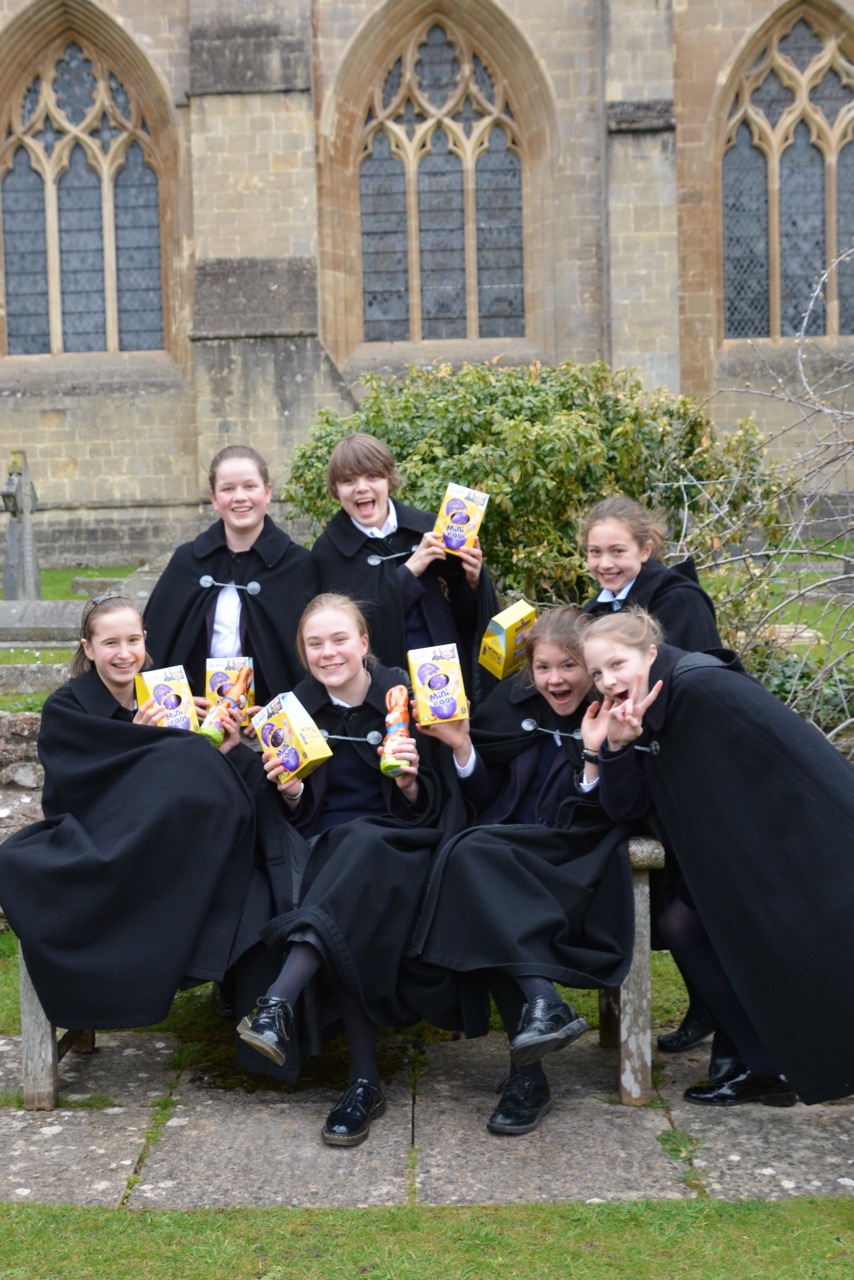




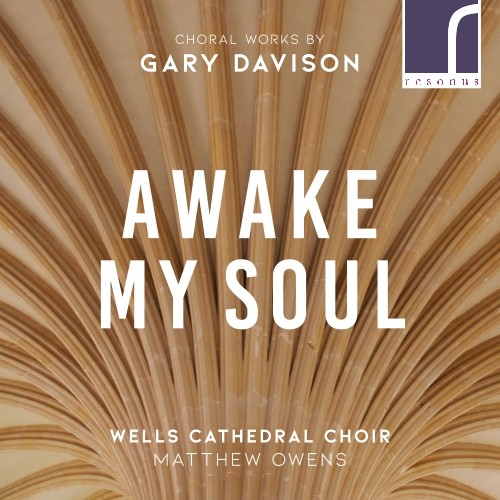

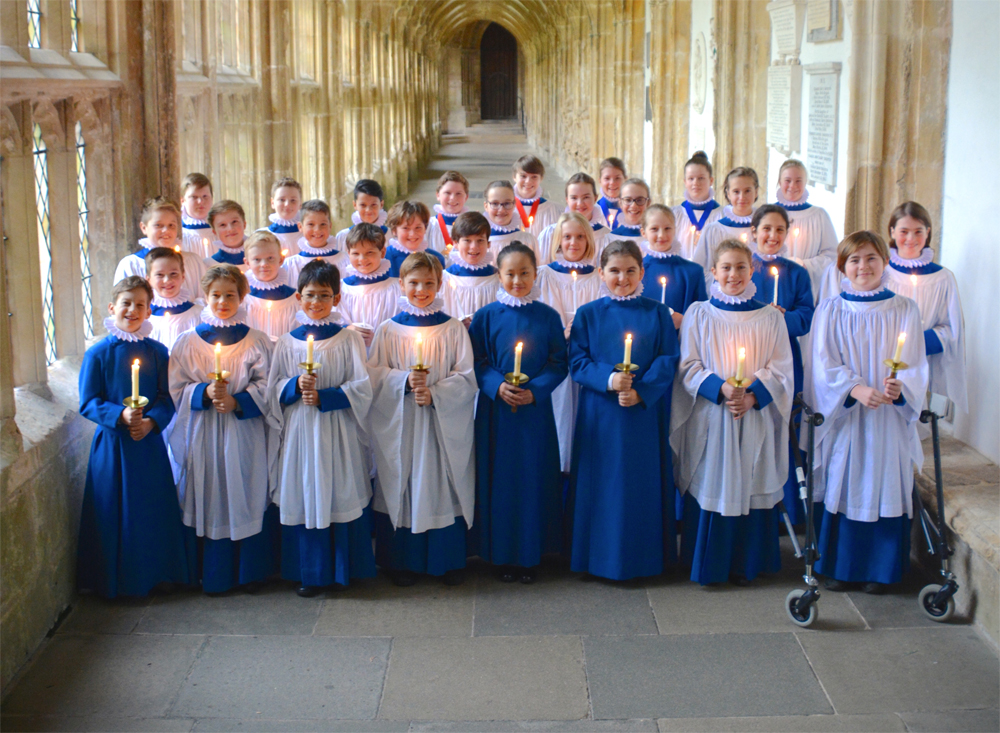
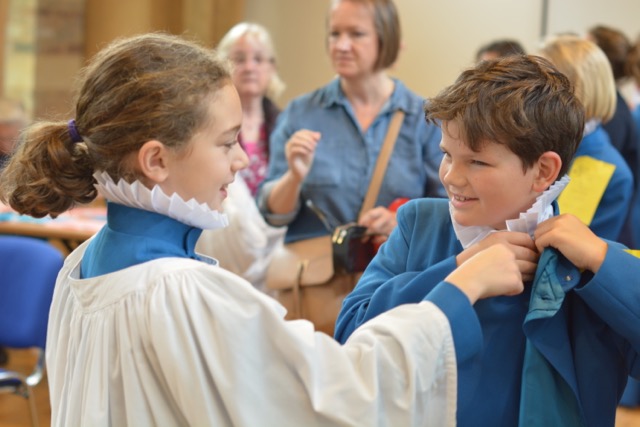
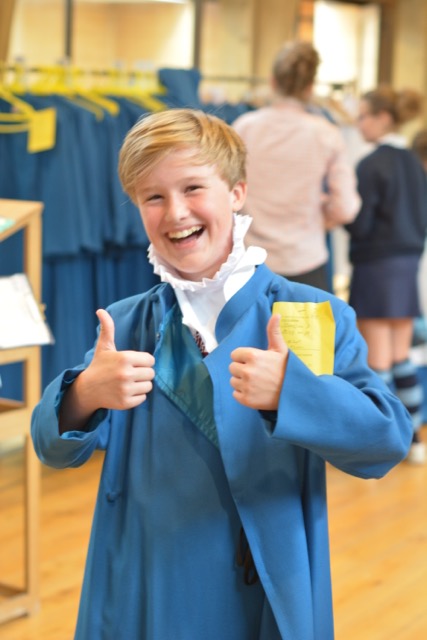





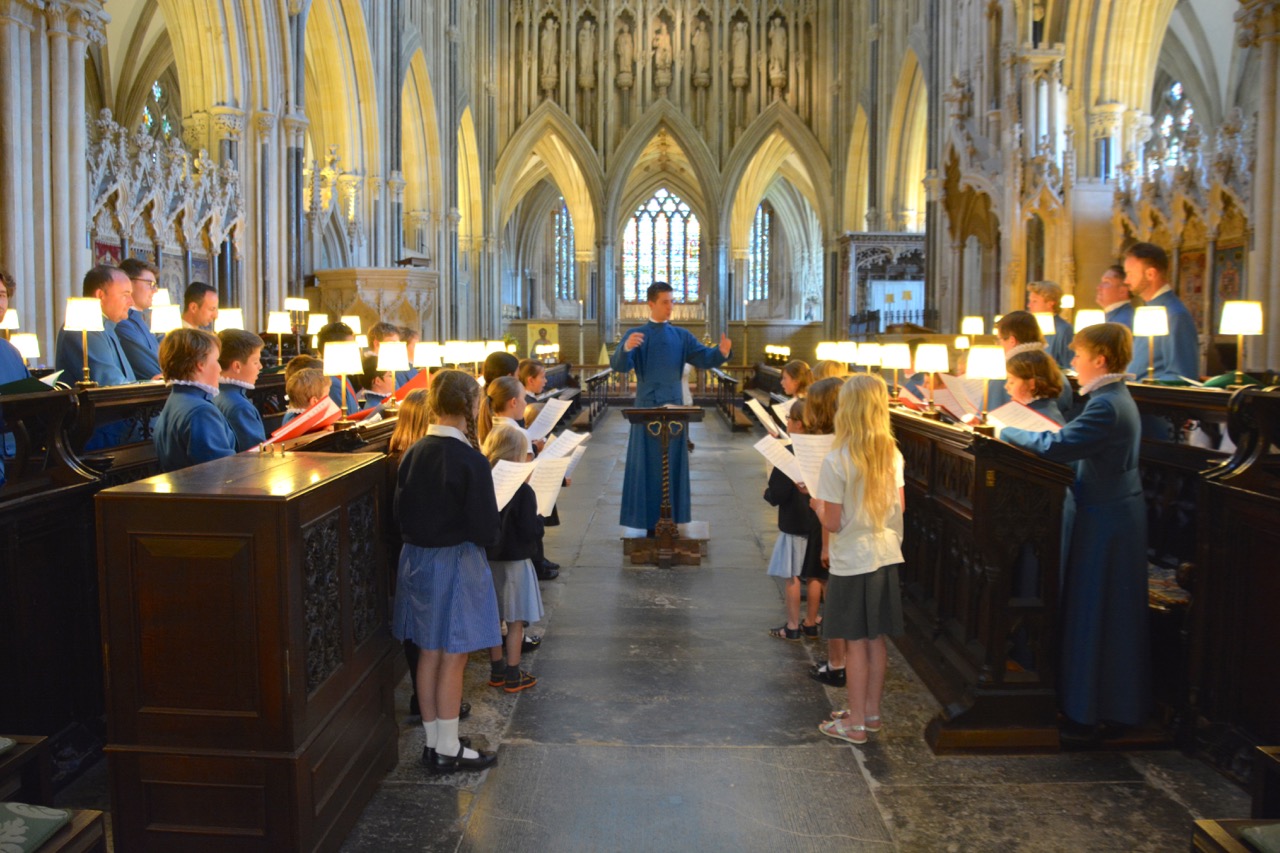
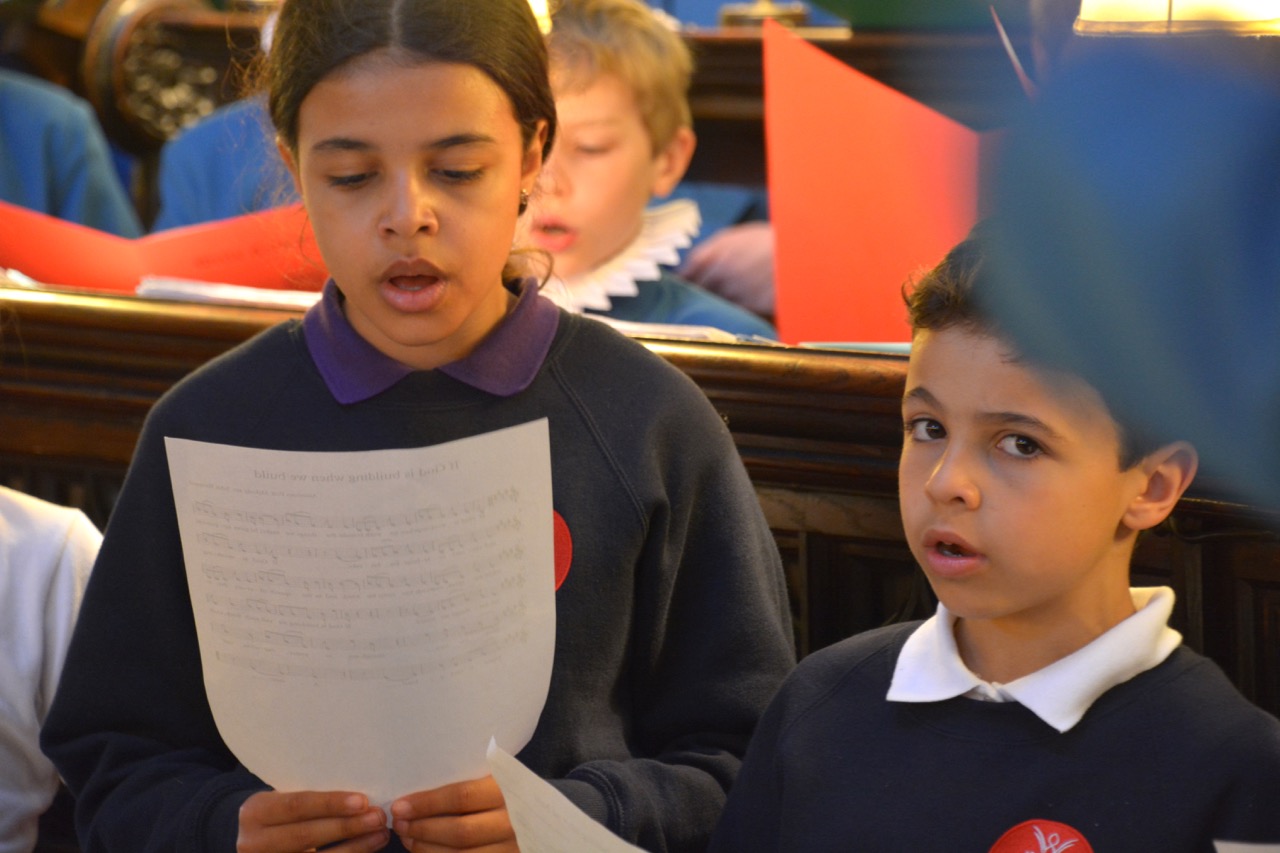

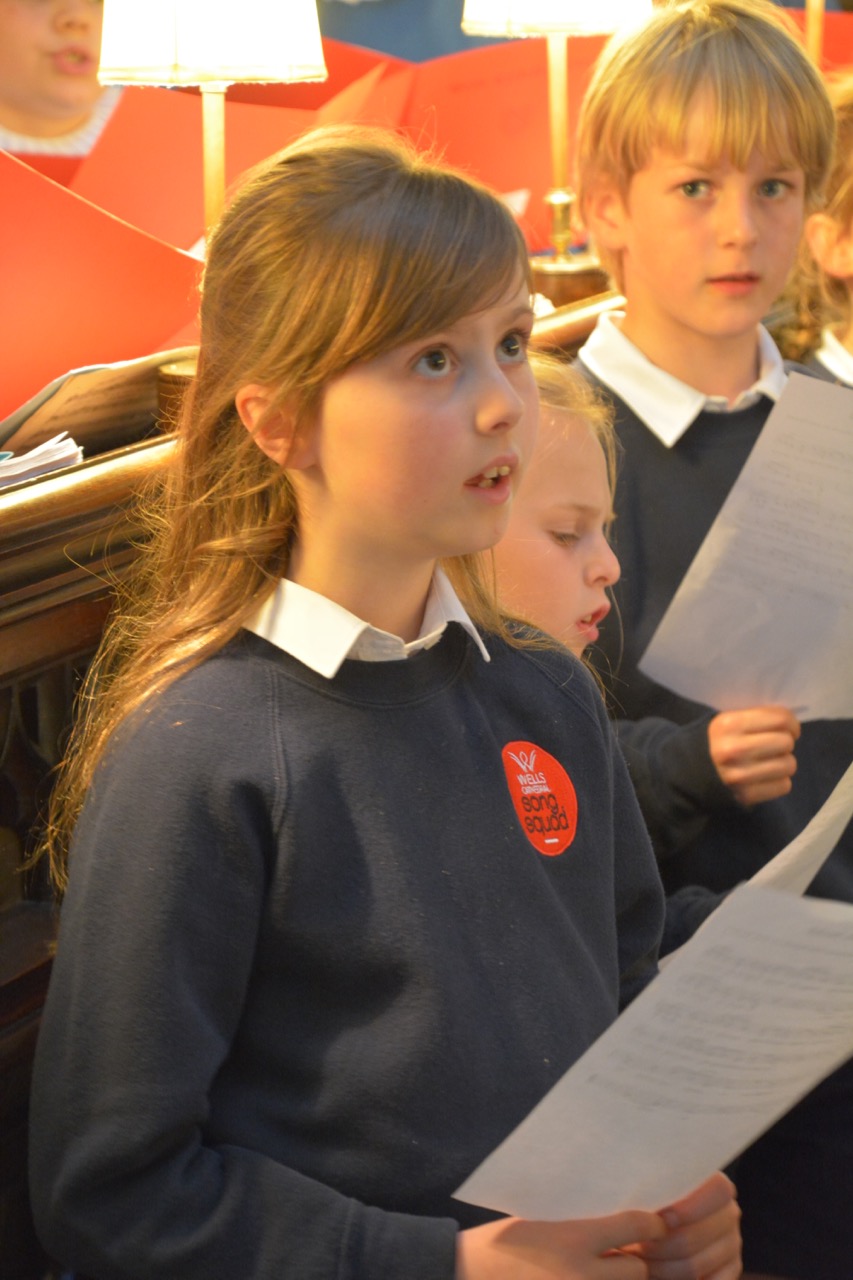
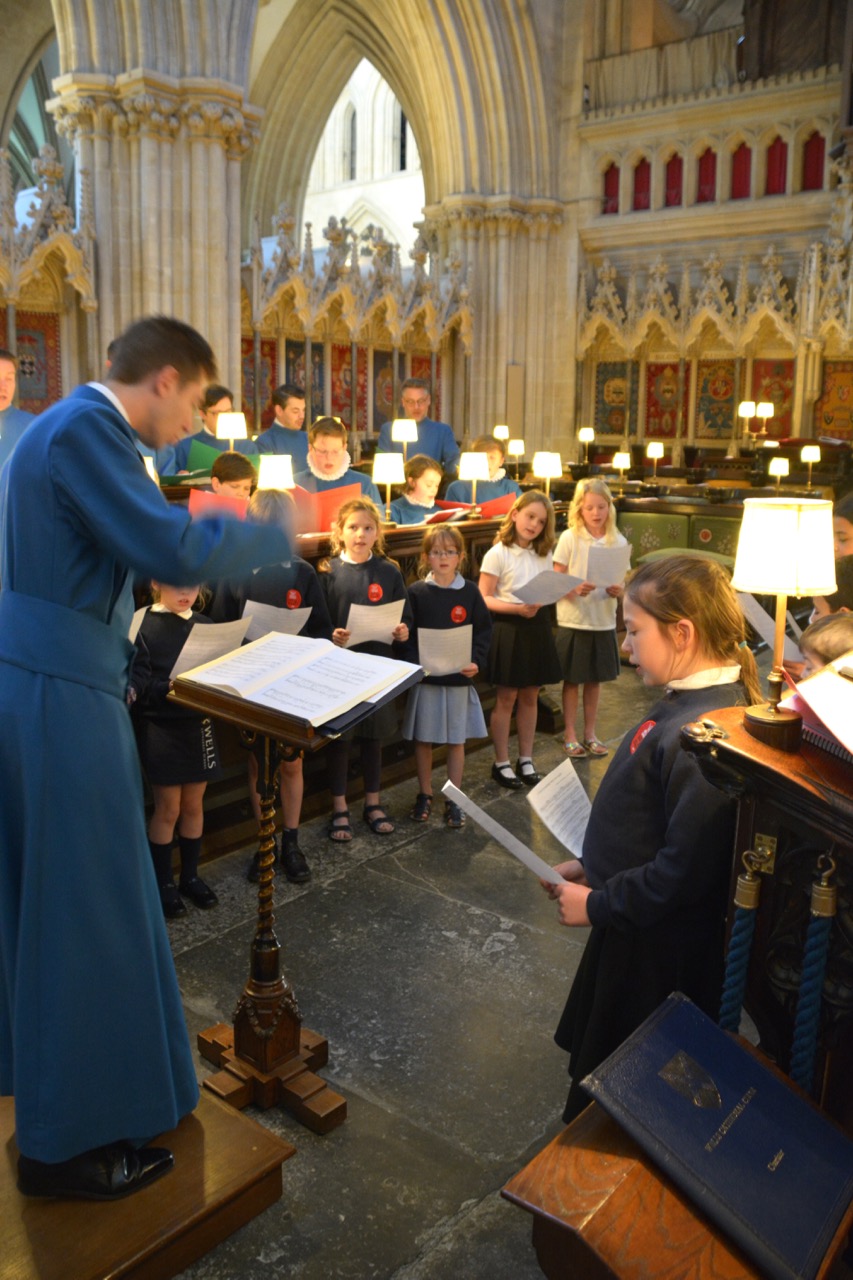
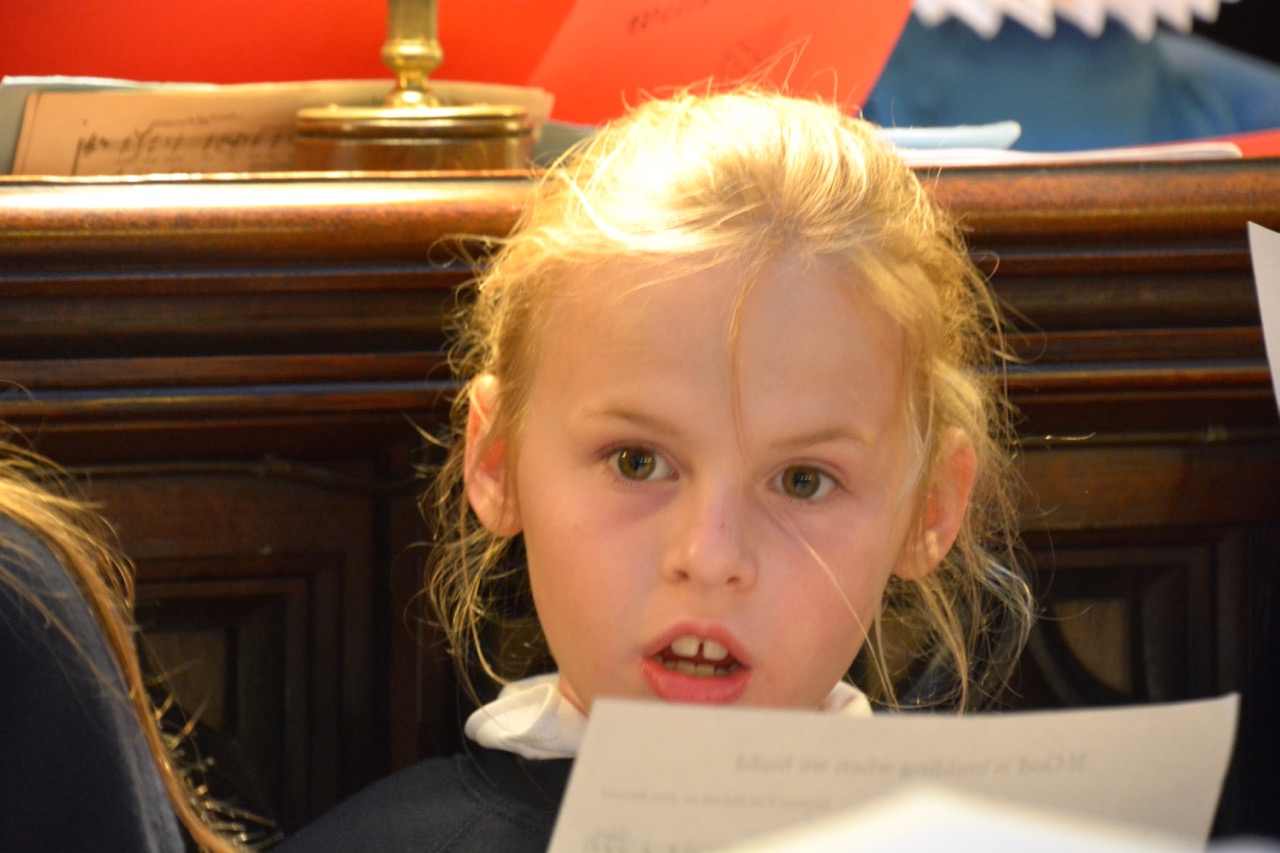


![Following Taylor's final service last week, he and some of the boy choristers past and present celebrated outside the West Front [Photo courtesy of Jacinth Latta]](https://images.squarespace-cdn.com/content/v1/57276fc98259b57662112858/1526122689120-ONFHI9RJSJU2FEVEG2L3/Taylor+1.jpg)